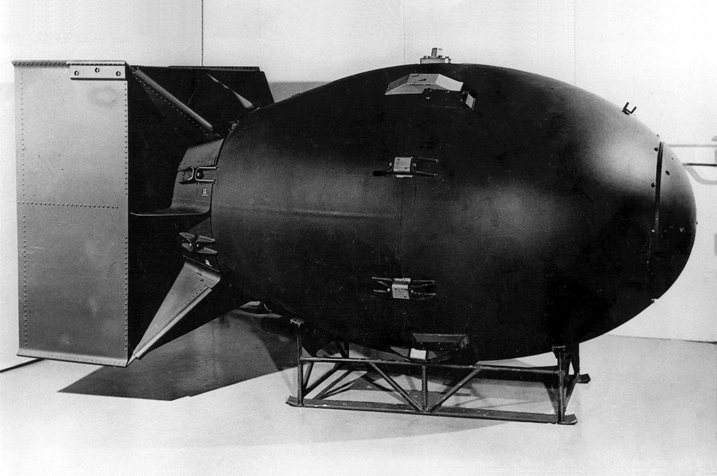Weapons World War 2 is perhaps the most devastating war ever witnessed by mankind. With the interest in the development of technology for the purpose of mass destruction, this war brought to question the moral and ethical implications that scientists and governments choose to ignore or overlook. While there was a reduction in the obsession with chemical weapons WW 2 also have the development of newer and deadlier Weapons World War. Here is a list of 15 deadly weapons used in WW 2.
Radio Proximity Fuze
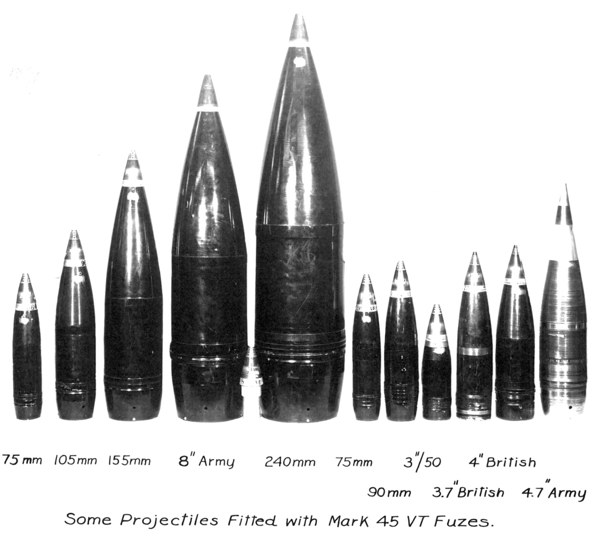
Shooting down an enemy aircraft was inefficient and unfeasible until the introduction of the radio proximity fuze. The VT fuze is the name given to it currently. It took an average of 2500 rounds to knock down a single advanced aircraft. Everything changed when the radio proximity fuze was introduced. Rather than making physical contact with a fast moving target, a proximity fuze-equipped rocket or torpedo would utilize a radio signal to detonate anytime it spotted a vessel close. Without needing to be directly on target, the ensuing explosion would engulf an enemy ship in flak and debris. Contact and timed fuzes were significantly reduced in waste and labour as a result of this.
M1 Garand
M1 Garand was one of the deadliest Weapons World War. It was the first self-loading rifle to be issued by the US military. During World War II Weapons -this semi-automatic rifle was used by every department of the military, allowing Americans to fire eight bullets without having to cope with a clunky bolt-action reload mechanism. This enabled the American forces improve their aim and battle effectiveness, giving them a significant advantage over the Axis powers. It was frequently referred to as the finest war Weapons World War ever designed.
KA-BAR Knife
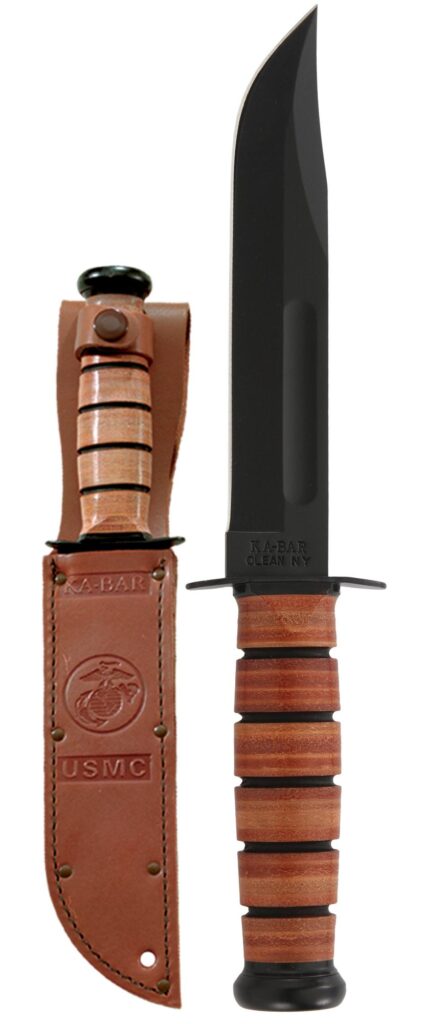
KA-BAR Knife is one of the new Weapons World War. The knife subsequently became the norm for every military service, with a stronger grip for close combat conditions and a durable 7-inch blade. It might also be used as a general-purpose tool to open munitions containers and chop through other impediments. The KA-BAR was the name given to it subsequently.
When the United States entered World War II, the military was still utilizing weaponry from the First World War, and it quickly became clear that what worked in trench warfare wouldn’t work in this new kind of fighting. The Union Cutlery Company presented and received approval for a new combat knife design for the United States Marine Corps in 1942. It quickly became standard issue for all members of the Corps.
B-17 Flying Fortress
Despite their size and Weapons World War, these planes had a peak speed of almost 280 miles per hour, which was astonishingly fast for a plane of that size at the time. The B-17s were helped by gun turrets across their frames during the war, which provided fire support so that they could deliver their bomb payloads in both the European and Pacific theatres. During the war, B-17 bombers delivered almost 640,000 tonnes of bombs on Nazi Germany.
The Boeing B-17 Flying Fortress provided the Allies a significant aerial advantage. The gigantic bomber boasted nine machine guns and could carry 4000 pounds of bombs when Boeing initially began mass-producing the so-called Flying Fortress, the B-17. As the battle progressed, its ability for destruction rose. Later B-17s had more than 10.50 calibre machine guns and almost 10,000 pounds of bombs.
M4 Sherman Tank
When developing the tanks, Weapons World War the military prioritized speed and efficiency, which critics argue came at the price of indestructibility. Between 1942 and 1946, almost 50,000 were manufactured. The M4 let Allied forces to battle their way deep behind enemy lines with to its turret cannon, backup machine guns, and five-man crew. Throughout the conflict, more modifications were made. During the Normandy invasion, the British employed the “Donald Duck” type, which enabled the tank to glide back to shore.
Sd. Kfz. 138 Marder III
In 1942, when German armoured formations were unexpectedly confronted with better Soviet tanks like the T-34, the Marder offered a rapid remedy. The marten, a tree-climbing weasel, inspires its name. The German PaK.40 75 mm cannon were mounted on a Czech 38(t) chassis, which was powered by a 150 hp Praga six-cylinder gasoline engine.
A four-man crew was required to operate the open-top, twelve-ton truck. Nearly 1,000 Sd. Kfz. 138s and 344 Sd. Kfz. 139s with Soviet 76 mm guns adapted for German ammo were ordered. The majority of the latter were transferred to the Eastern Front, with some 65 being dispatched to North Africa.
Panzer Mark IV
The Mark IV was the most widely used Weapons World War, German tank throughout WWII. The first variants, which were designed in 1937, were equipped with short-barreled 75 mm cannons that were best suited for infantry support. Combat experience, on the other hand, revealed the requirement for increased velocity and, as a result, higher opponent armour penetration. As a result, a long-barreled cannon was installed, and the Mark IVG, which debuted in 1943, became the third primary variation.
During WWII, around 8,000 were constructed. It weighed 25.5 tonnes and had a Maybach three-hundred-horsepower engine that could reach speeds of 25 miles per hour. The five-man crew wore armour ranging from 1.2 to 3.2 inches thick and carried a typical load of 87 main-gun rounds.
The Bazooka
The bazooka was a crucial Weapons World War for troops fighting bunkers and tanks across Germany and the Pacific. This Weapons World WarDespite its capacity to pierce enemy armour, the bazooka was most effective when deliberately shot at a tank’s weak places rather than employed in head-on attacks. It is often credited as one of the keys to the Allied triumph. A conventional bazooka had a 300-foot shooting range, was lightweight, and was simple to mass build. During the conflict, approximately half a million bazookas were developed for use in warfare.
Mk2 Fragmentation Grenade
The usual occurrence of this Weapons World War was During World War II, the American hand grenade was omnipresent. It was not only simple to use, but when it exploded, it would shatter into a thousand bits of hot shrapnel. The pineapple grenade is another name for it. Within a 30-foot blast radius, the grenade was fatal, but anyone caught within a 50-yard radius may be wounded. It had a fuse period of 4-4.8 seconds, providing soldiers the choice of throwing it right away or hanging on for a second or two to make it harder for the enemy to hurl it back.
M2 Browning
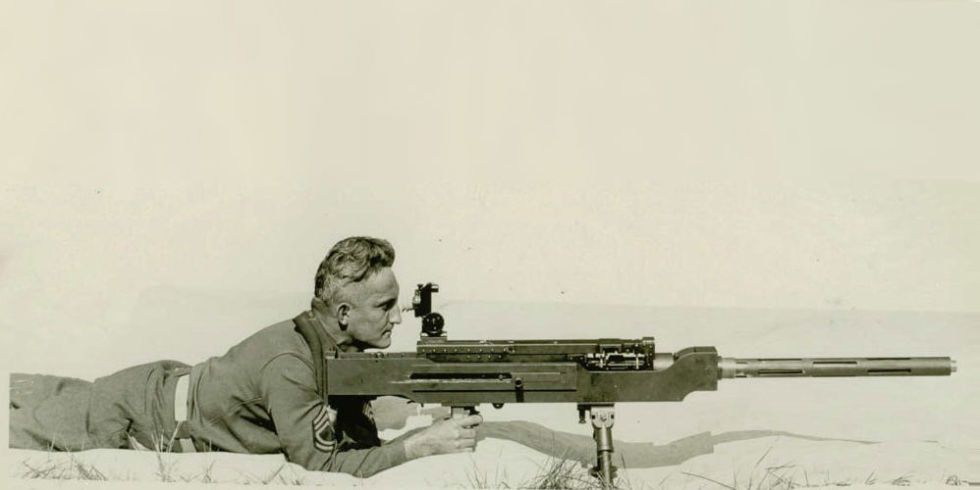
For decades, this Weapon World War Browning has been a consistent presence in military across the world because to its devastating capacity and durability. It’s still being used today, in fact. The M2 Browning has the capacity to punch through a ship’s hull and shoot down opposing aircraft. During the conflict, the 50 calibre machine gun was a common sight.
With good cause, over 2 million M2s were built for the troops: they were among the most adaptable Weapons World War available, empowering forces on land, in the air, and on the sea. The Weapons World War had a range of almost four miles and could fire 550 rounds per minute.
M1 Thompson
The M1 Thompson, which was originally built for trench combat in World War I, this World War weapon became famous in the 1920s and 1930s as the Weapons World War of choice for cops and criminals during Prohibition. Tommy Gun and Chicago Typewriter are two more names for it. On the course of World War II, however, this submachine gun regained its legitimacy.
The Thompson proved to be effective, lightweight, and simple to operate, with a 30-round capacity and a fire rate of 700 rpm. During the war, almost 1.5 million Thompsons were issued, but they weren’t simply provided to American forces; as part of the Lend-Lease Act, they were also sent to British and French troops.
M101 Howitzer
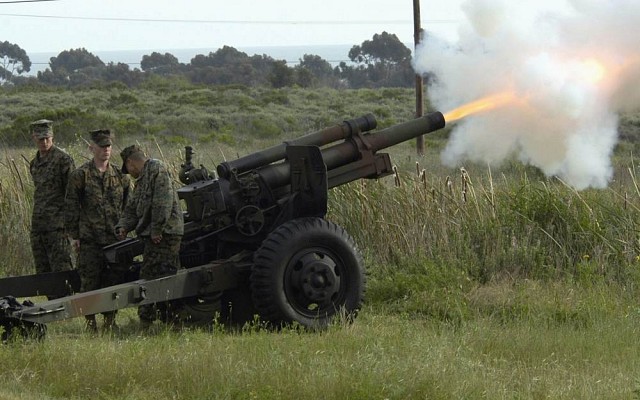
During World War II, the US military placed a strong focus on artillery, which necessitated the development of a reliable, lightweight howitzer for use in the field in both the European and Pacific theatres. The M101 Howitzer grew to prominence not because of what one of these artillery pieces could achieve on its own, but because of what a line of these artillery pieces could do when their firepower was concentrated.
They supported ground forces on foot and in vehicles, and the M101 proved to be a crucial weapon for long-range strikes, with a range of approximately seven miles.
M3
M3 was swift and nimble with a four-man crew despite having just a 37 mm cannon and being covered by only two inches of Weapons World War. These vehicles, which are powered by either gas or diesel engines, may attain speeds of 37 mph on the road. The M3 was useless against German Weapons World War in Normandy, although it was valuable as an infantry support and reconnaissance vehicle. Between 1941 and 1943, three major variations and many minor types were produced. It is one of the finest Weapons World War.
A total of 13,600 M3 tanks were produced, with 5,400 going to the United Kingdom and 1,600 to Russia. The kind was so popular with British tankers that it was dubbed “Honey.” It was quick, dependable, seldom threw treads, and was very simple to repair.
Little Boy
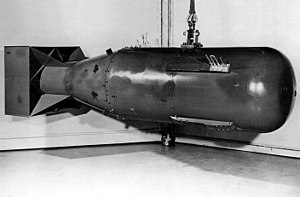
One of the reasons that the war was so terrifying is because of the nuclear weapons WW 2 used. The fist bomb was called Little Boy that was deployed over Hiroshima on 6th August on 1947. The Enola Gay dropped Little Boy over Hiroshima at around 8:15 a.m. Hiroshima time. As it approached the target region, the aircraft flew at a low altitude on automatic pilot before ascending to 31,000 feet. A tremendous explosion filled the morning sky 43 seconds later when the bomb detonated 1,900 feet above the city, straight over a parade field where Japanese Second Army soldiers were conducting calisthenics.
Despite the fact that the aircraft was thousands of kilometres away from the target after dumping its cargo, it was jolted by the explosion. The blast was eventually calculated to have had a force of 15 kilotons, which is the equivalent to 15,000 tonnes of TNT. It caused casualty of around 1,35,000 with unthinkable after effects of radiation. Referring this to be one of the great Weapons World War.
Fat Man
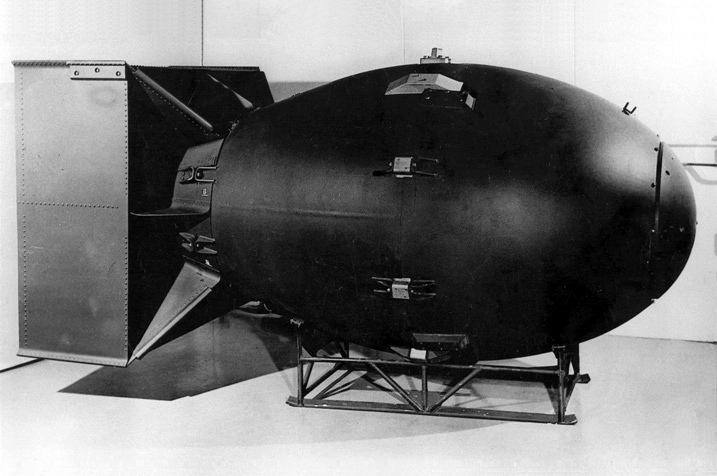
A second US aircraft lifted out from the airfield with the second nuclear bomb Fat Man on the morning of August 9th. It was a more advanced plutonium-based implosion-type bomb, similar to the one used in the Trinity test. The city of Kokura had been the major target. The plane’s crew, however, returned to the secondary target of Nagasaki owing to a thick covering of clouds. The bomb went off at a height of around 500 metres and had a yield of 21 kilotons. It destroyed and became the best Weapons World War.
The Radiation Effects Research Foundation believes that 60,000 to 80,000 people died immediately. Hiroshima and Nagasaki were the focus of extensive research by US experts in the weeks following the bombs and Japan’s surrender.

